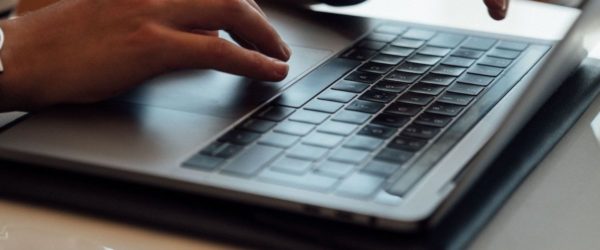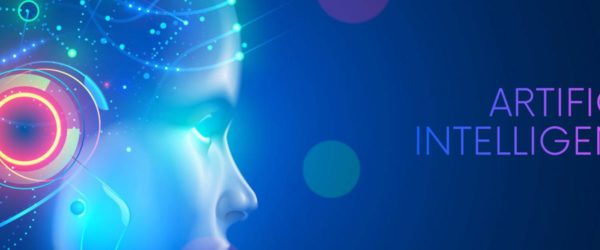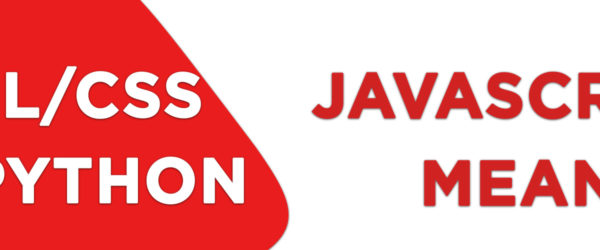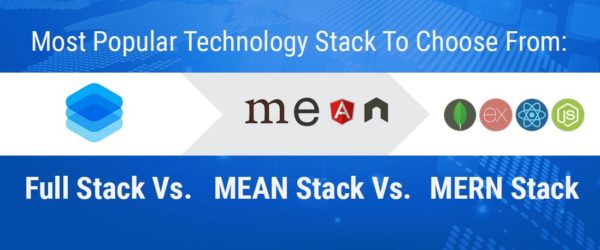In new coronavirus cases, concern about the pandemic’s revival is increasing with most US states now showing steady rises. This places renewed emphasis on the main elements of this war, including early warning, control, triage and evaluation, and production of the vaccine.
Artificial intelligence ( AI) is capable of giving this challenge an arsenal of major arms. However, the reports are mixed on the success of AI in the past. Many observers expect this to change in the global crisis.
Take into account: AI will allow quicker forecasting of virus spread and possible hot spots. It can allow health professionals to detect patients quicker and more effectively. It will allow public health authorities to assess rapidly the efficacy of defenders’ efforts to delay the spread of the disease. It will also help to disperse emergency services efficiently.
AI has been repute in recent years by hypothecating the existence in its goods of several technology firms, said Irma Rastegayeva, co-founder of the eViRa Health Catalyst for Creativity.
This is what AI would be like as a game-changer to battle COVID-19.
Divorce data volumes
Charles Parker, a researcher specializing in the use of AI in health care, financial services, and the energy industry, said that the most apparent asset that AI can offer in battling COVID 19 is the ability to process massive, complicated data sets.
The distinction here, though, is that AI has to be told the rules and not automatically knows how a change in the weather may affect the models. New teaching or understanding of the laws will be required. If qualified, however, “AI can make these calculations and predictions through large datasets 24 hours a day.”
This unstinting study can contribute to wise decisions about the supply of treatment, the development, and delivery of essential supplies, the allocation of health workers, and management of all such processes, said Parker.
Machine Learning ‘s influential role
Machine learning may be the one with the greatest possible advantage in battling COVID-19 of all the different technologies that make up the collectively referred to in the singular as ‘artificial intelligence.’ (Machine learning combines large volumes of data with rapid iterative treatment and smart algorithms which enable the software to automatedly learn from data features or patterns.)
The vast number of companies now investing in it is part of why machine learning has such a huge potential.
According to Deborah DiSanzo, an AI health teacher at Harvard University TH School of Public Health, almost every health agency uses machine learning to some degree. In the period 2015 to 2018, DiSanzo served as General Director of IBM Watson Health.
It can be as simple as transcribing notes of doctors and radiologists in the natural language method or as complex as mixing patients with medical drugs dependent on the DNA of their diseases for the good of patients, doctors, or the healthcare system in general.
DiSanzo said that it is possible to attribute to a certain machine learning the rapid pace of health departments being able to diagnose the illness, monitor the spread of it, recycle current drugs, recognize appropriate vaccines, triage patients and allocate clinicians or equipment to the assigned level, unit or hospital.
As positive news as it is all, DiSanzo found that there is a great deal of confusion on what AI can and can not do in this fight. She said that healthcare practitioners ought to strengthen decision making in four main fields.
Early diagnosis and review of disease
In recent months, it has been published that AI models will diagnose COVID-19 in X-ray or CT pictures. DiSanzo said, “It’s all overdone.
One day, machine-learning models would be able to interpret CT and X-ray imagery to assess the prevalence of pneumonia, she added. And hopefully, these models could accurately differentiate between various pneumonia types.
Both these versions, though, need more details for now. She added that they need numerous images in a variety of genes and that both regular photographs, pictures of COVID-19 patients, and photographs of patients with various forms of pneumonia need an adequate quantity.
Containment
Tracking positions on cell telephones is highly successful in understanding where we are. Containment is just one step forward. Models signal as contaminated people enter a house, train, or shop in certain countries.
The entry is limited by position monitoring and these models in certain countries said DiSanzo. Also, businesses mount thermal imaging sensors when entering a building to monitor the temperatures of workers. This decides when workers can work and remain at work together with tests and vital signs from wristbands.
Place containment and vital signs are not a technological issue, said DiSanzo. This can be achieved theoretically. However, it is a matter of social and personal equality. Mobile phone applications can follow us today. The question is, ‘We want the COVID-19 to provide this information?
Diagnosis and triage
This is one of the most important cases for COVID-19 machine learning. Temperature, heart rate, ventilation, and blood oxygen are vital signs that non-invasive remote sensors can capture with great precision, DiSanzo said.
Other indicators of wellbeing — including voice, speech, weight, and toilet — can also be tracked accurately by remote sensors. Combined, machine learning models are developed to track and forecast adverse events and disease development.
These technologies are state-of-the-art and perform well. They are helping healthcare workers look after patients in their house, in nursing homes, in hospitals, and intensive care.
Vaccines
The new coronavirus DNA, RNA, and protein structure were and are being created. DiSanzo said that a range of engineering innovations would help scientists develop vaccines.
Time to get help
We are at the very edge of the pandemic era of deep learning. And with COVID-19, we learned that cheaper, quicker, and effective healthcare is required, said DiSanzo.





